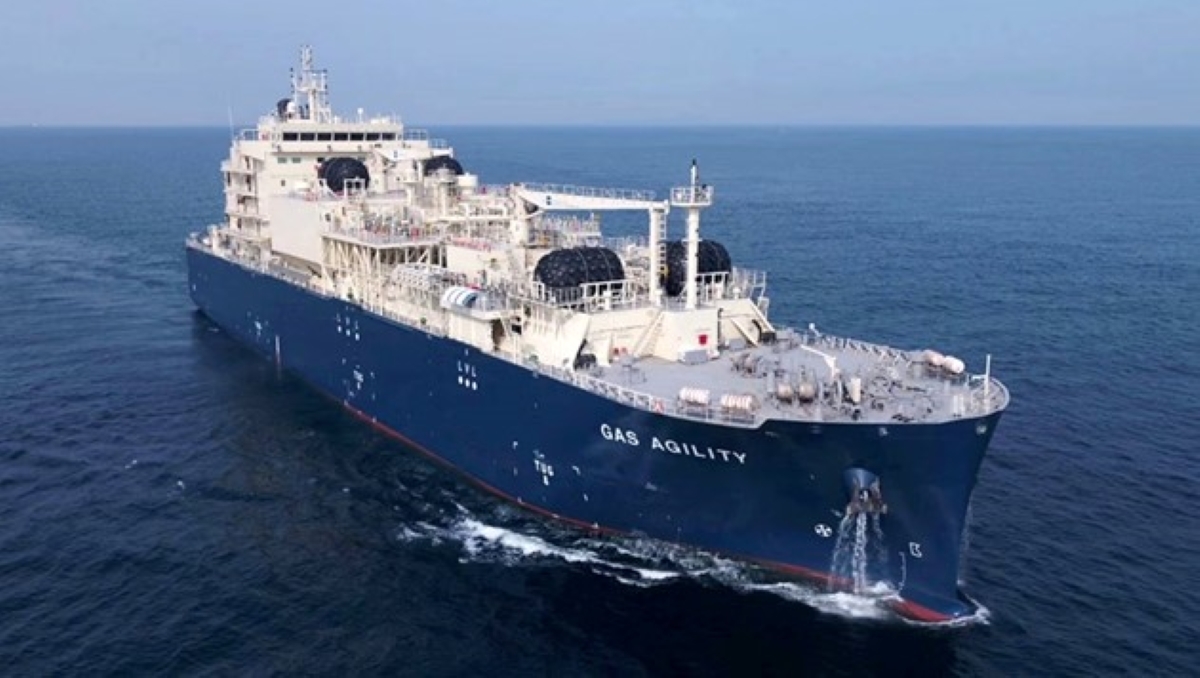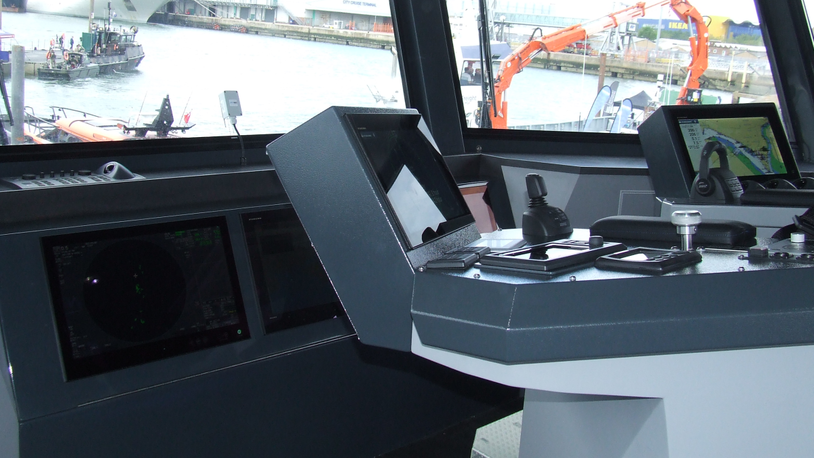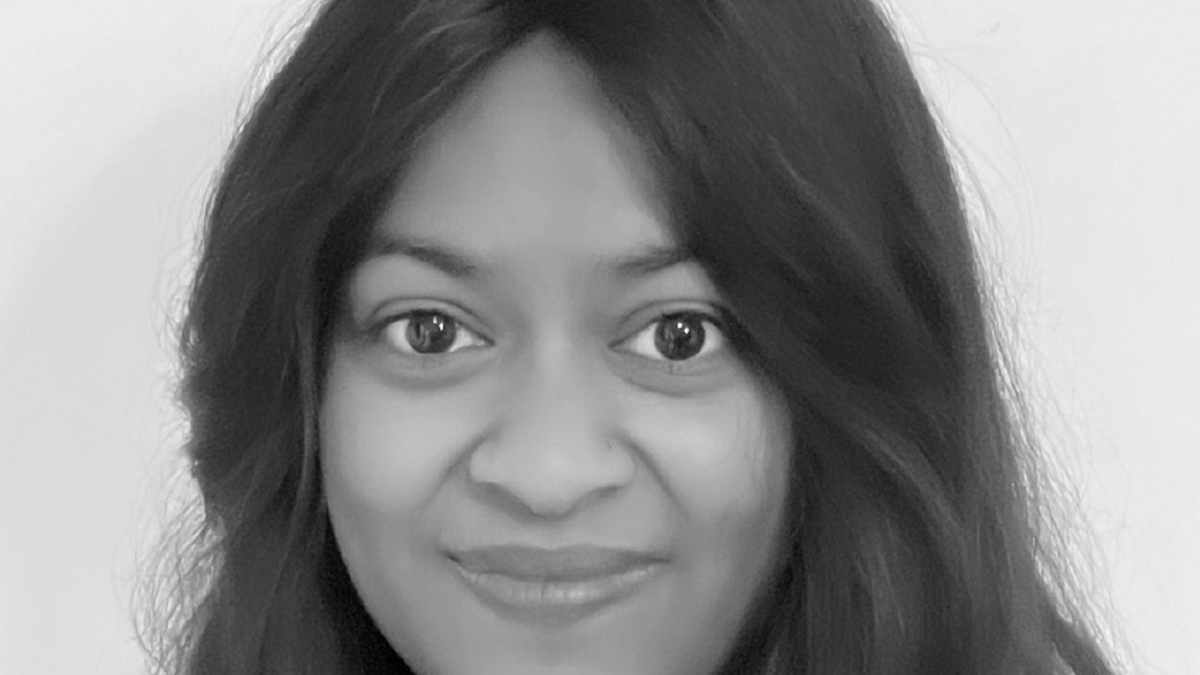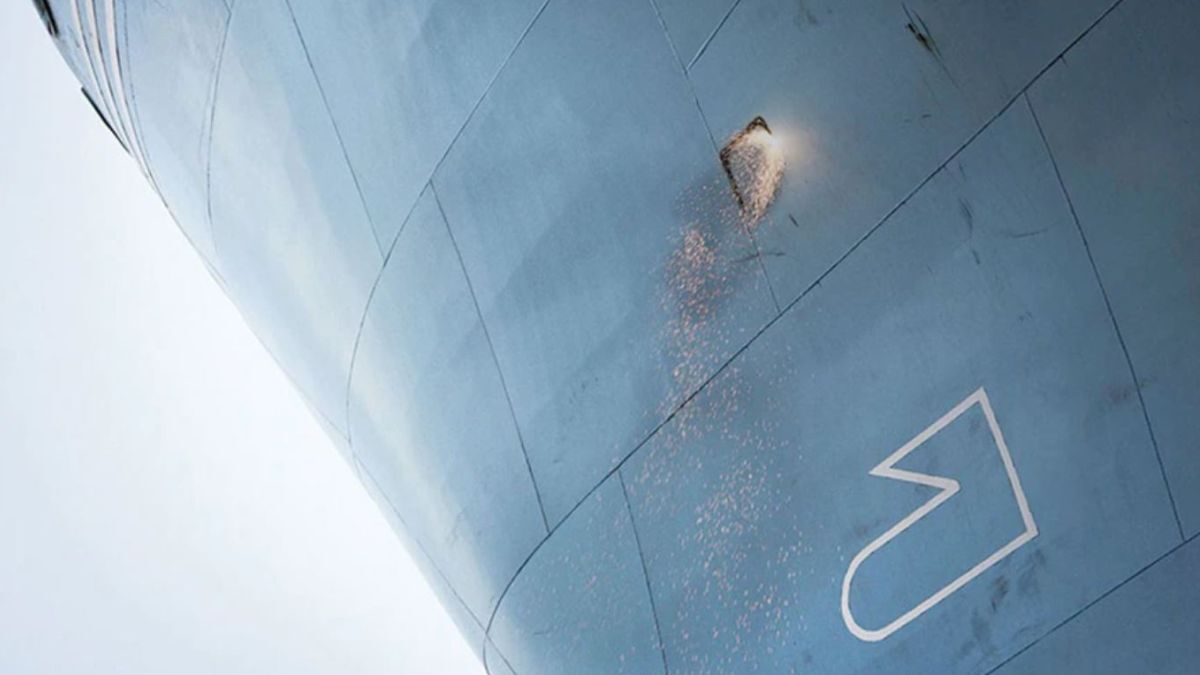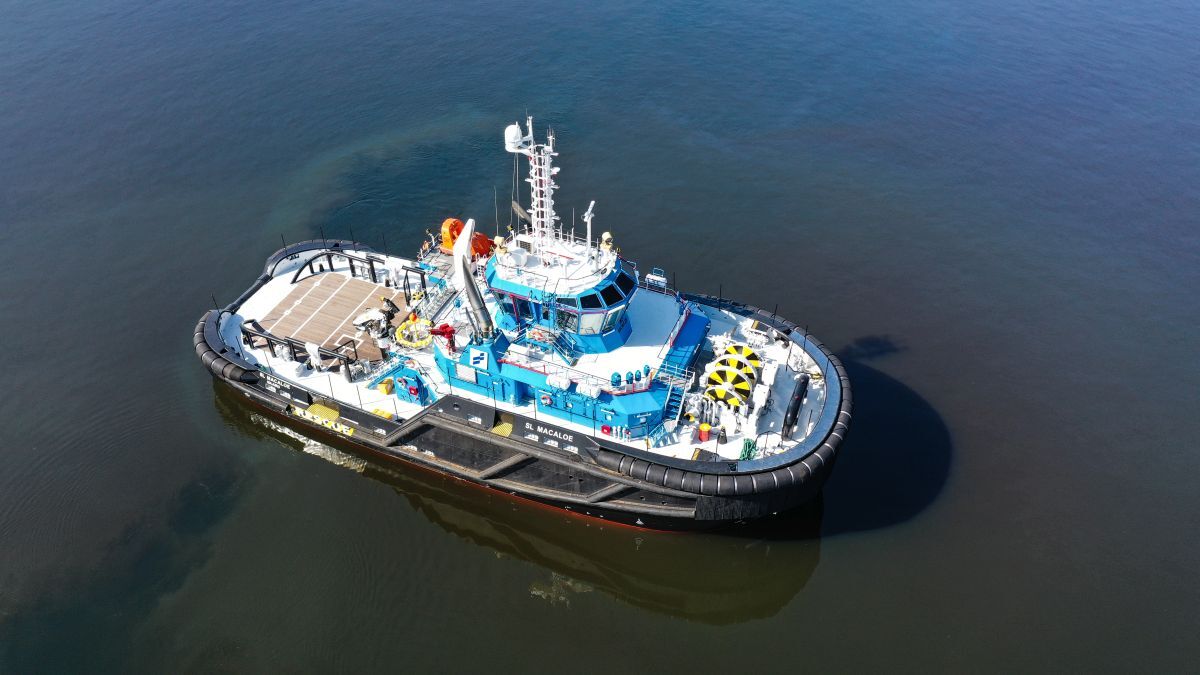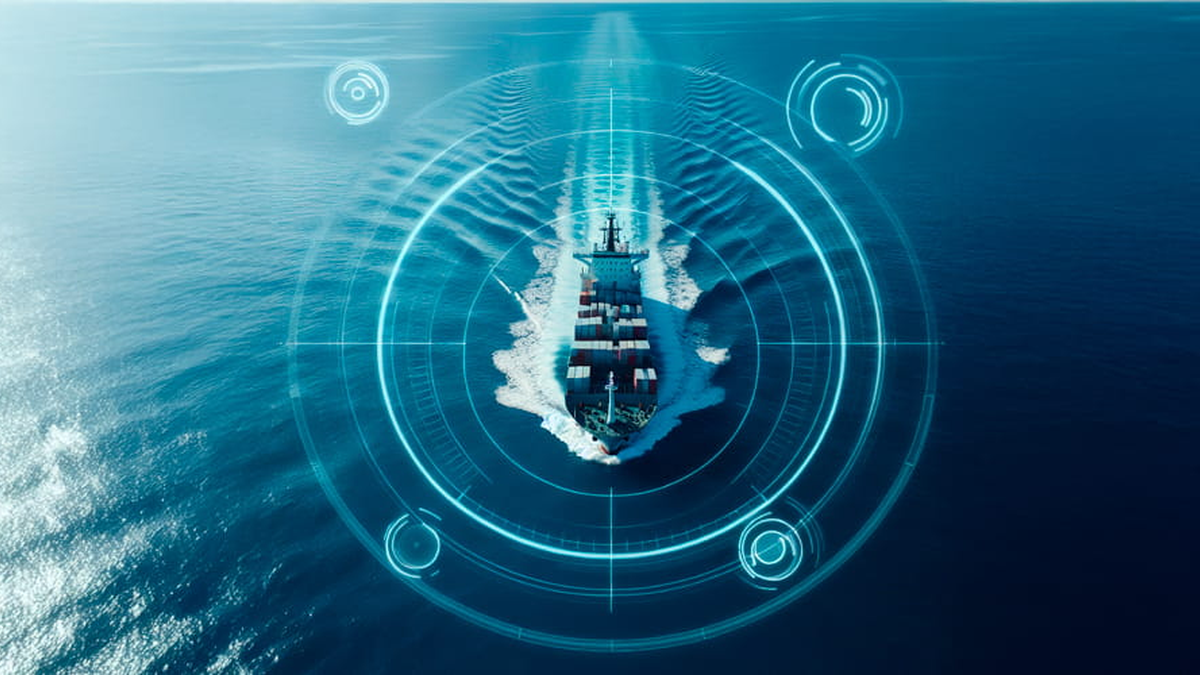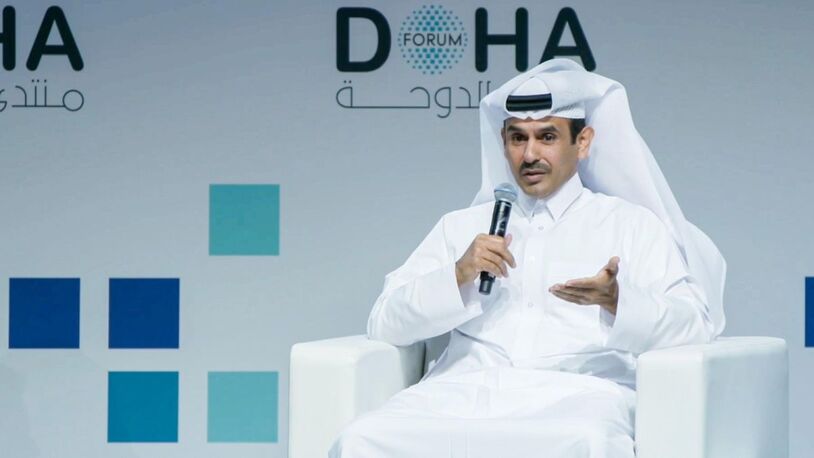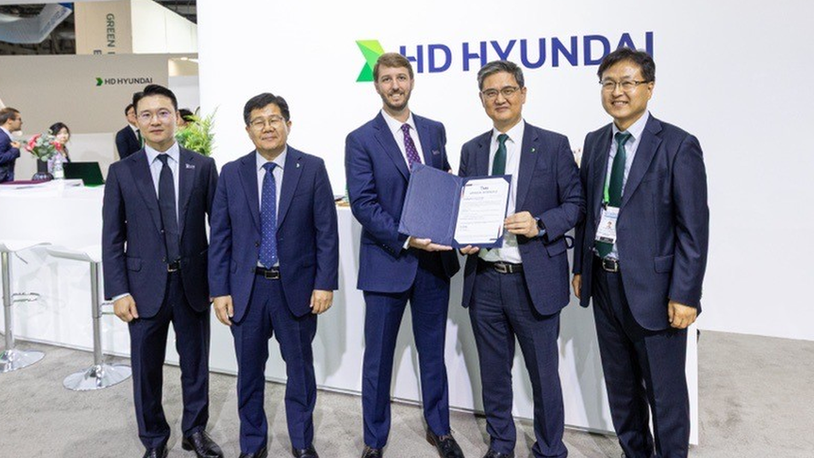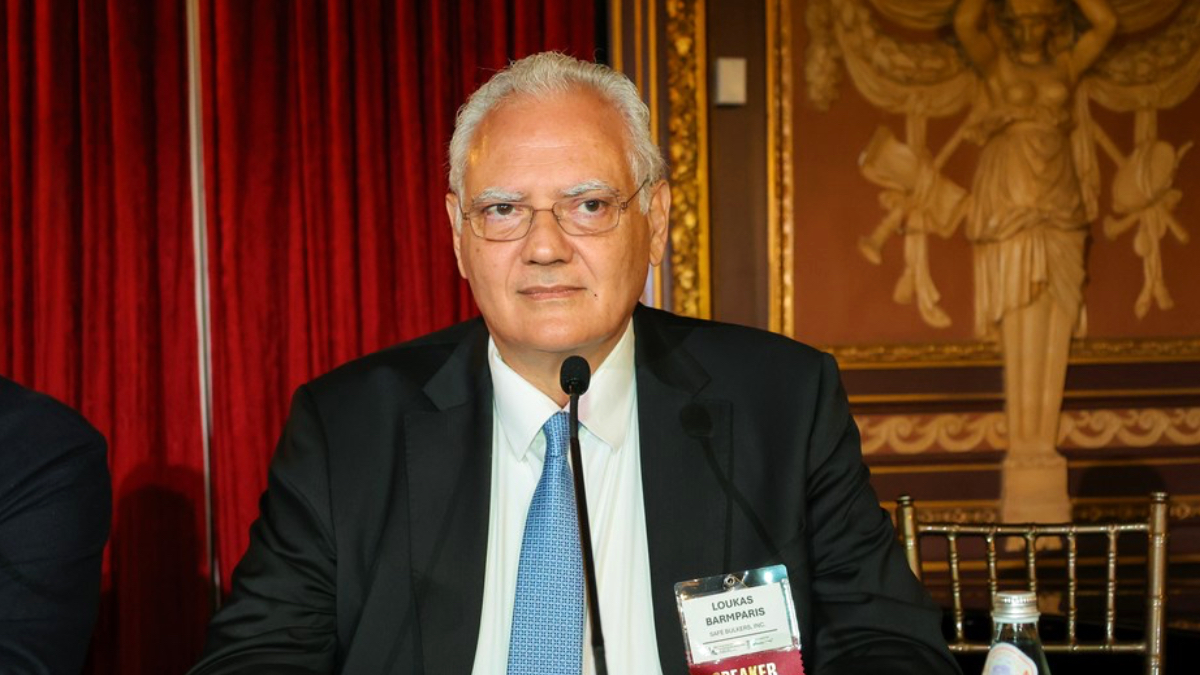Business Sectors
Events
Contents
Register to read more articles.
Advanced connectivity transforms vessels into floating offices
Investment in satellite communications and bonded networks is enabling ship operators, owners and managers to consider vessels floating offices, revolutionising the fundamental interfaces between ship and shore
Connectivity technology developments are transforming vessels into floating offices, providing commercial vessel operators with opportunities to enhance safety and efficiency.
Geostationary orbit (GEO) and low Earth orbit (LEO) satellite constellations provide communications at high speed with low latency to vessels worldwide, backed up by cyber security, internet of things (IoT), connectivity management and terminal hardware.
Using bonded and hybrid connectivity networks with back-up and emergency communications is ensuring vessels and seafarers remain connected regardless of their location in the world’s oceans, even when a constellation is not available.
The largest ship operators, owners and managers rely on these advanced networks for critical operational, business and crew communications, and data transfers.
“We gather information including weather, waves, currents and the condition of the engineroom and cargo hold,” said Mitsui OSK Lines (MOL) executive officer and managing director for the Asia and Oceania regions, Sakura Kuma.
“All this information used to be reported manually, but with this technology, the information is transferred to headquarters and is also visible on vessels for the captain to make judgements,” she said. “This is a game-changer from both operational efficiency and safety perspectives.”
Connectivity plays a critical role in the safe operations across MOL’s fleet of almost 900 vessels.
MOL transfers data from over 10,000 sensors per vessel to the DarWin integrated network and its Safety Operation Supporting Centre in Tokyo.
As MOL introduces new fuels into its fleet, the company’s use of ship-to-shore data transfer helps simplify operational requirements and maintain safety by ensuring onboard decision-making is fully aligned with the head office, added Ms Kuma.
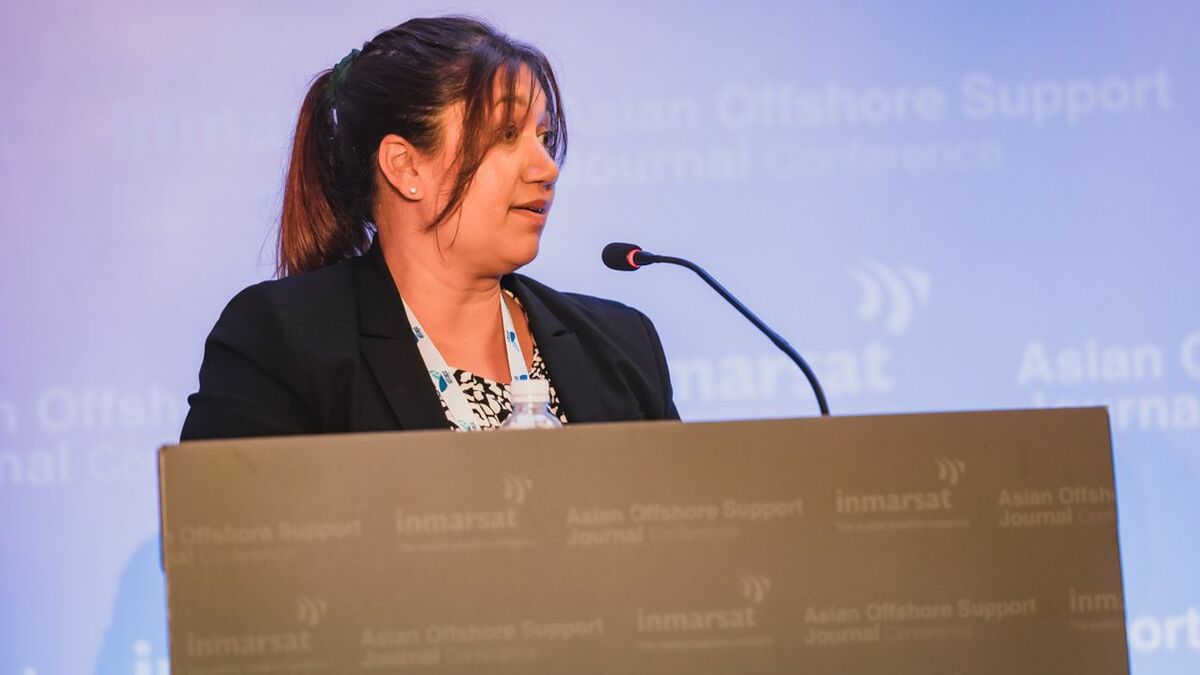
Wilhelmsen is using ship communications for its progressive digitalisation programme and to improve onboard safety.
“The fundamental aim of maritime digitalisation is to drive “compliant commercial growth and safety,” said Wilhelmsen vice president of its emerging opportunities portfolio, Nakul Malhotra.
Optimised connectivity helps to ensure the viability of digitalisation strategies, he continued. “The unleashing of prevalent connectivity means high-frequency data and IoT means things that were only possible are now more probable,” said Mr Malhotra.
Maritime digitalisation should not be viewed merely as a foundation for performing the same processes faster. “It should also serve as the trigger to change the fundamental interface between ship and shore,” said Mr Malhotra.
A bite-sized example of the way advanced connectivity is enabling previously improbable innovations was offered by Synergy Marine Group chief commercial officer, Andrew Hoad.
“Everything the officer used to do, which would take them eight to ten hours, they are now getting done in an hour”
He offered insight into his company’s implementation of onboard hydroponics.
“What we have started experimenting with at Synergy is growing our own food on the ships,” said Mr Hoad. “Artificial intelligence [AI] from the shore is controlling the water, the temperature, and the light. That is something that is completely impossible to do without AI through broadband.”
In a more conventional use case, Mr Hoad pointed to the way generative AI allows officers “talk to their personal computers” to gain detailed insight into voyage parameters and requirements, with the technology also capable of identifying issues and proposing solutions.
“What all this is bringing – and it is impossible without the AI that comes with the broadband – is productivity through time savings,” Mr Hoad added. “Everything the officer used to do, which would take them eight to ten hours, they are now getting done in an hour.”
Inmarsat Maritime’s NexusWave provides the seamless connectivity to transform vessels into floating offices by combining multiple networks in real time. Describing the concept behind the solution, Inmarsat Maritime strategy director, Audra Drabloes said, “What we wanted to achieve was this vision of the floating office – and if you have an office, you need it to be resilient.”
Through its unique network-bonding capability, the fully managed NexusWave solution leverages the aggregate capacity of all available underlays, GEO and LEO satellites and 4G/5G, to deliver unparalleled speeds and reliability, with enterprise-grade firewall security further supporting operational resilience, said Ms Drabloes.
“When we think about the floating office, it is not only about the speeds that we can achieve but what we can do with that speed,” she added.
These subjects were discussed at Inmarsat Maritime’s latest Thriving in the Digital Age seminar, during Singapore Maritime Week in April 2025. Inmarsat Maritime will host similar seminars in this series at Bari-Ship in Japan in May and Nor-Shipping in Oslo, Norway, in June.
With connectivity at the heart of these discussions, the series aims to highlight not only technological advancements, but also the real-world value they unlock in driving operational efficiencies, crew welfare and safer seas.
Inmarsat Maritime also hosts roundtables with vessel owners, operators and managers at Riviera’s Offshore Support Journal Conferences worldwide.
Related to this Story
Events
Offshore Support Journal Conference, Americas 2025
LNG Shipping & Terminals Conference 2025
Vessel Optimisation Webinar Week
© 2024 Riviera Maritime Media Ltd.


